Each summer, students from SGPIA spread out across the world as part of the International Field Program (IFP) and Studio Programs! Students conduct independent research, contribute to the vital work of local non-profits, NGOs, and government agencies, and gain invaluable international experience. This summer, our students are living, working, and learning in Argentina, the Balkans, Colombia, Cuba, Ethiopia, and South Africa. The IFP and Studio Correspondents will be the eyes and ears in the field to help us tell the stories of the summer. Check back to learn about each of the field sites.
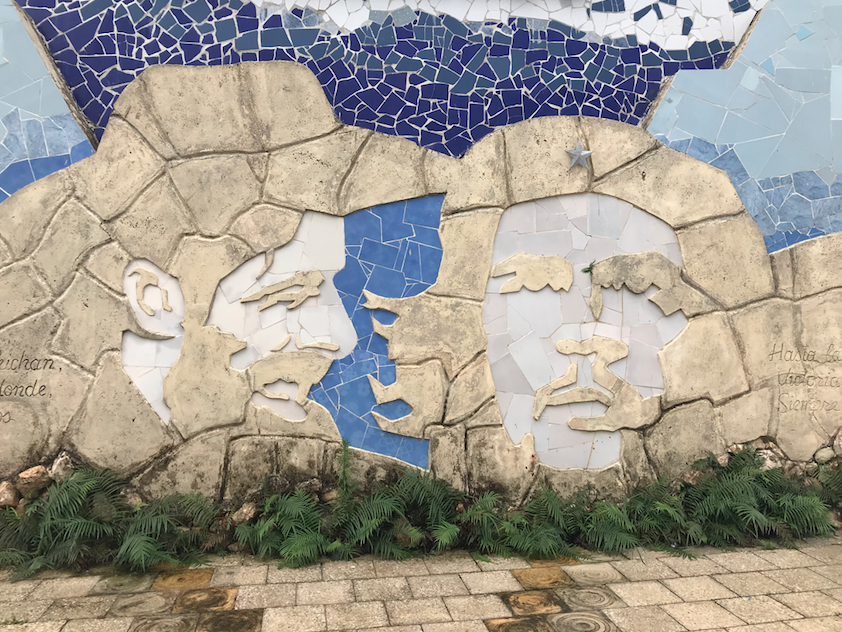
The Cuba IFP group visited so many extraordinary places in and around Havana this summer that it’s hard for me to narrow down my favorites to just one. That being said, the place where I felt happiest and experienced the most intimate connection with Cuba was undoubtedly Proyecto Muraleando, or simply Muraleando.
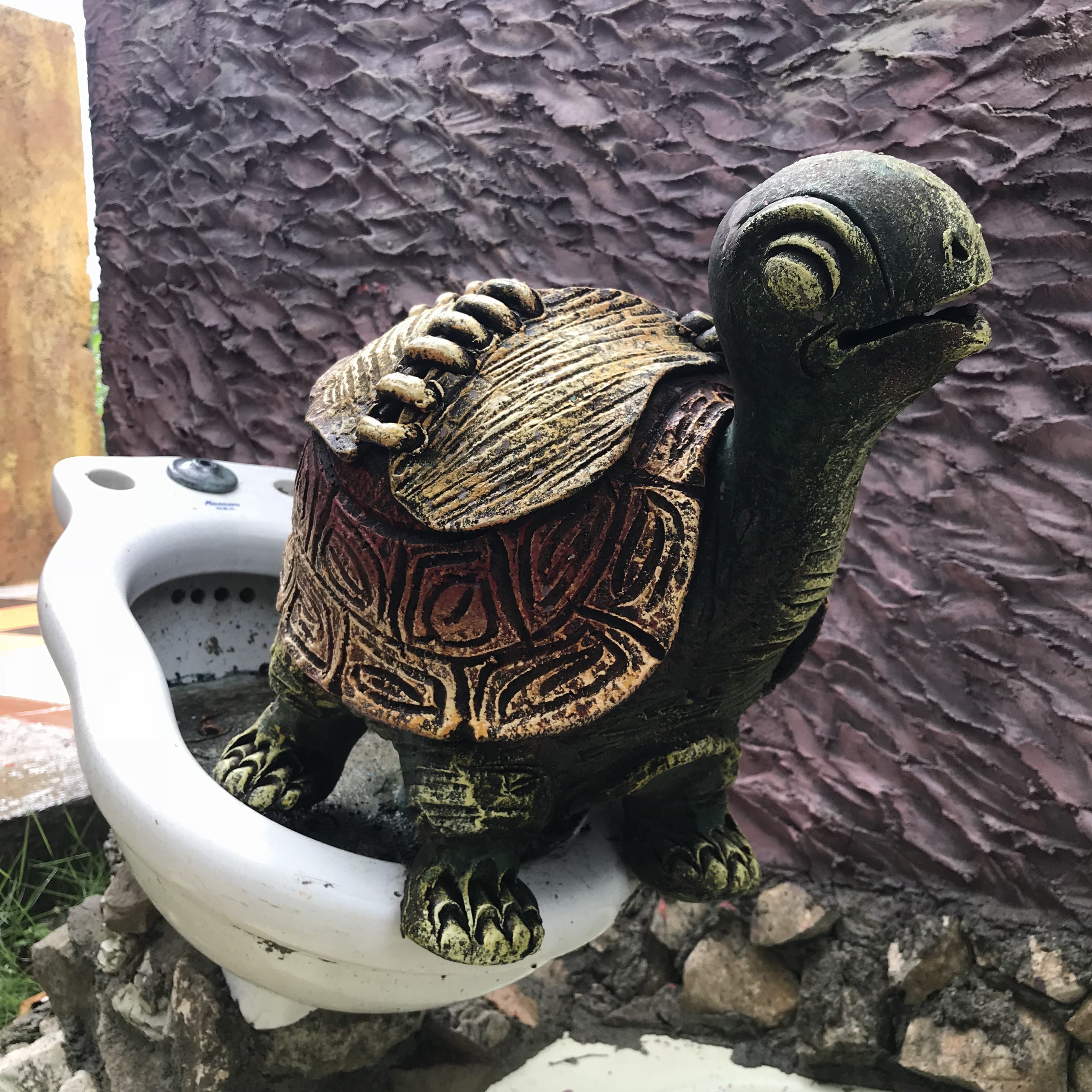
Muraleando is a surprisingly large community center on the outskirts of Havana that is focused entirely on art and music. Its very genesis was an act of considerable community organization. When a group of neighborhood locals got tired of looking at a crumbling, abandoned water reservoir, they all developed a collective vision. They cleaned up the reservoir, repaired it and constructed Muraleando with it at the center — gift shop inside, music venue and cafeteria on top. Because community was so important in the founding of Muraleando, it continues to be a pillar of the community’s ethos, alongside the nurturing of artistic spirits and the responsible consumption of available resources.
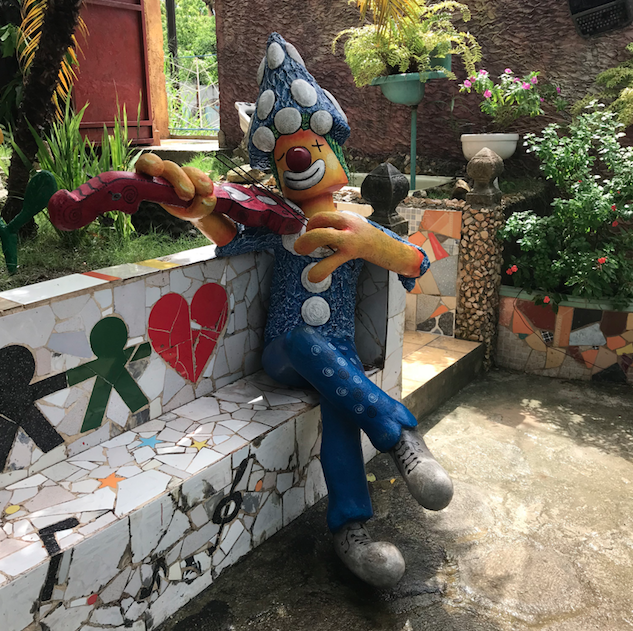
Much of the building and artistic material seen around the grounds comes from objects found inside the reservoir or in the surrounding junkyard during its renovation. Barely an inch of wall space, inside or out, is devoid of any art — whether that’s paint, sculpture or landscaping. The people of the neighborhood came together and managed to envelop the entire structure (and the surrounding “campus”) that is Muraleando in waterscapes, breathtaking found-object sculptures and vivid murals.
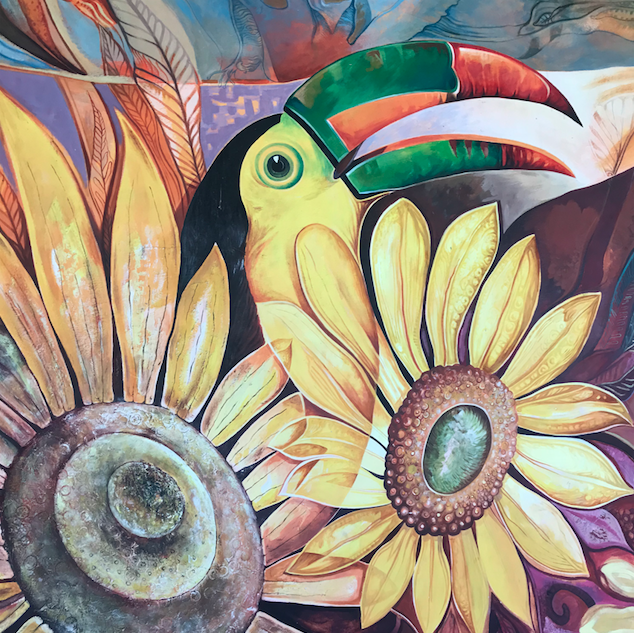
On top of the reservoir, Muraleando’s central area, is a bar, cafeteria/dancefloor and performance stage. At any given time, one of several resident bands can be found practicing or performing for local regulars and tourists alike. It cannot be overstated that community is at the heart of Muraleando’s mission, and so the experience here is free. Instead, visitors have the option of purchasing a physical album from the present band, or grabbing some t-shirts, original art and handcrafted jewelry from the shops downstairs.
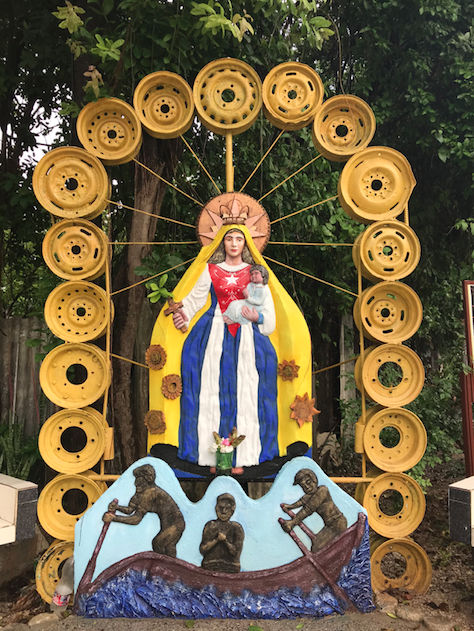
Muraleando is a place for people to peacefully and lovingly unite around art. It provides tourists with a direct window into the artistic heart of Cuba, while providing entertainers with a working venue and local children with a vibrant place spend their free time among art and artists.
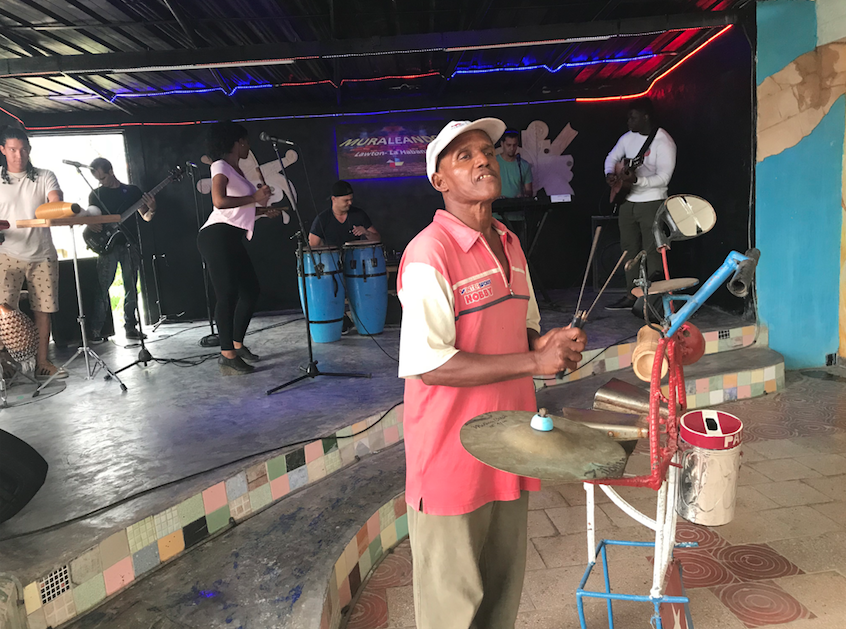
My research in Cuba has centered around ecology and the environment, but at a social level in particular — how people interact with the world around them. Nestled in the rolling green hills of outer Havana, surrounded by aging buildings and impoverished but joyful people, Muraleando proved to be an excellent site for the development of my research. Its gardens and outdoor art, its assortment of animal and plant residents: all of it gave me a demonstration on how Cubans care for their communities and green spaces, and how they bear the burden of an all-encompassing shortage of resources.
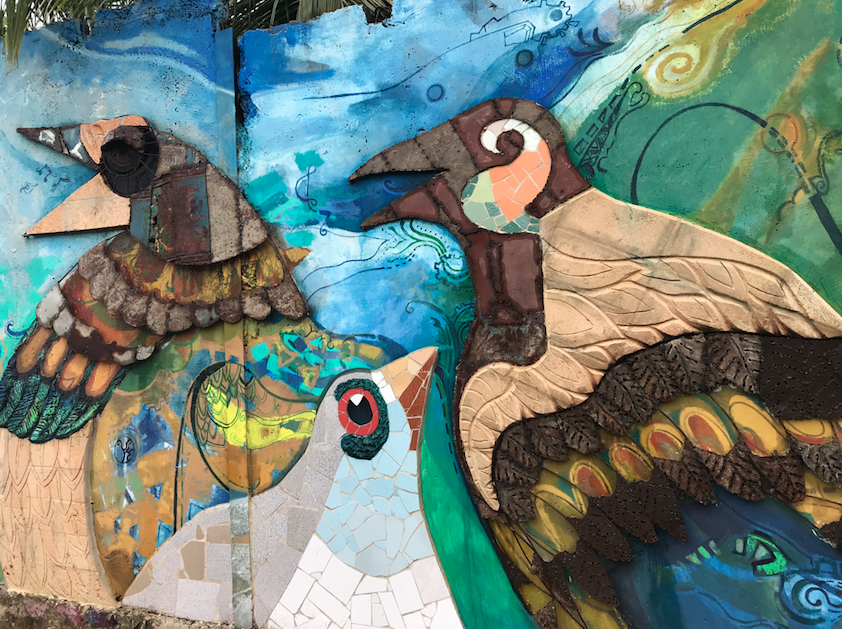
There are countless experiences from my stay in Cuba that, as an American, stand out in my memory as either strange or magical — oftentimes both. Visiting Proyecto Muraleando was both for me. The people who made it happen and continue to keep it running are kind, welcoming and genuine. Witnessing their level of collected devotion to a single idea was unprecedented in my life.
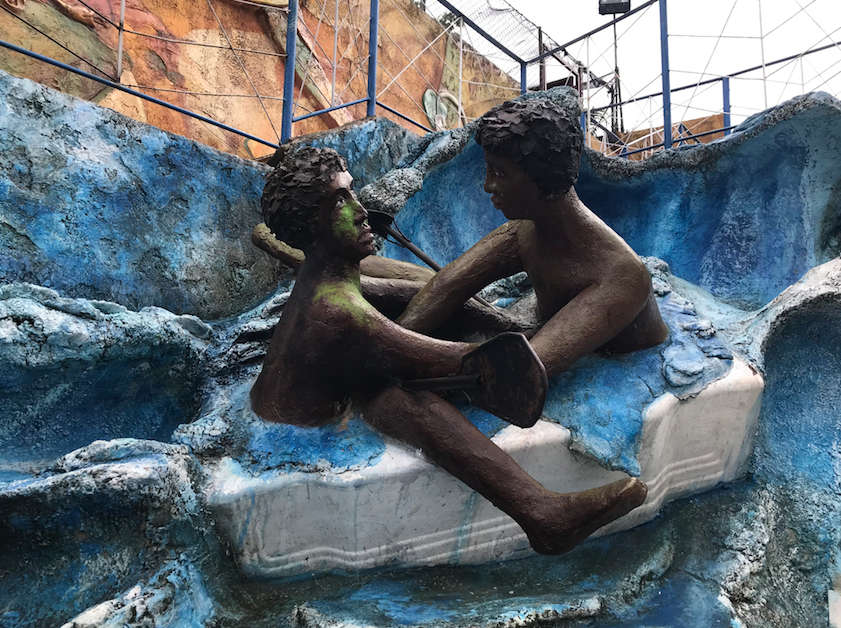

1 thought on “Visiting Proyecto Muraleando”